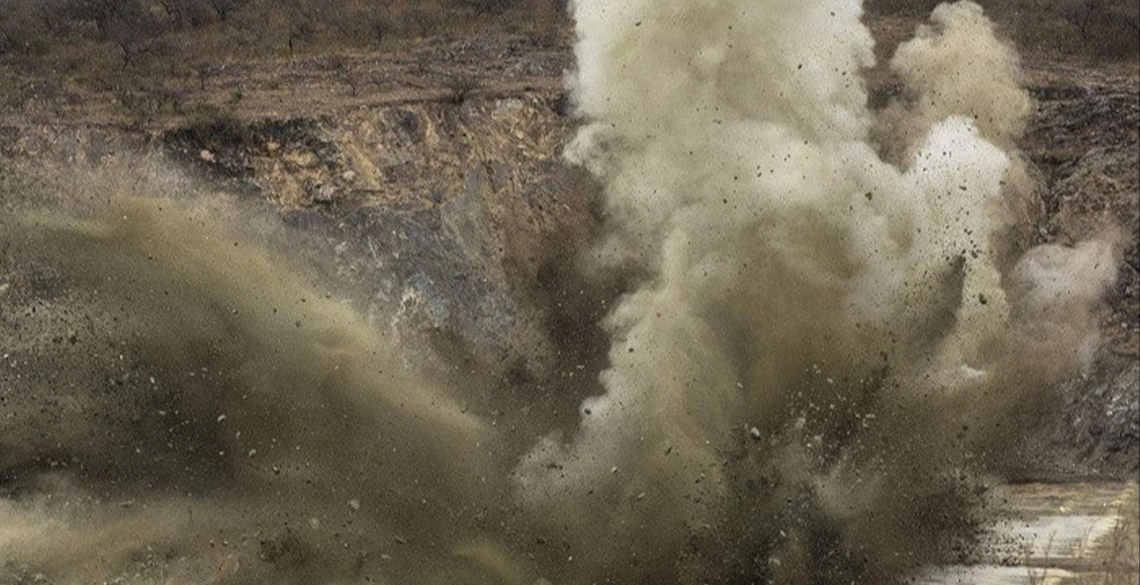Team Uses 'Magic' Microbes, Chemical Processes to Render Toxic Explosives Harmless
With $1.7 million in DOD funding, UA engineers and scientists are developing game-changing chemical reaction processes and biodegradation methods to quickly and easily decontaminate soil and water.

Chemical and environmental engineering professor Jim Field is using nearly $1.8 million in Department of Defense funding to research methods for removing hazardous chemicals from soil and groundwater supplies.
The U.S. military is planning to use new forms of explosives compounds that can't be detonated accidentally. But there's a downside: Scientists don't know much about how these insensitive high explosives, or IHEs, might affect human health and the environment, and removing them from soil and water is difficult.
A University of Arizona team, led by chemical and environmental engineering professor Jim Field, is working to make the removal process simpler with two methods, one involving chemical reactions and another using microbes that feed on contaminants. The research is funded with two grants from the Department of Defense's Strategic Environmental Research and Development Program -- one for just over $1.1 million and one for just under $678,000.
"We've been working on this for many years, so we have a lot of insight into the things that are going to work," Field said. "We're fortunate to have received funding for the ideas we've been developing for over a decade."




